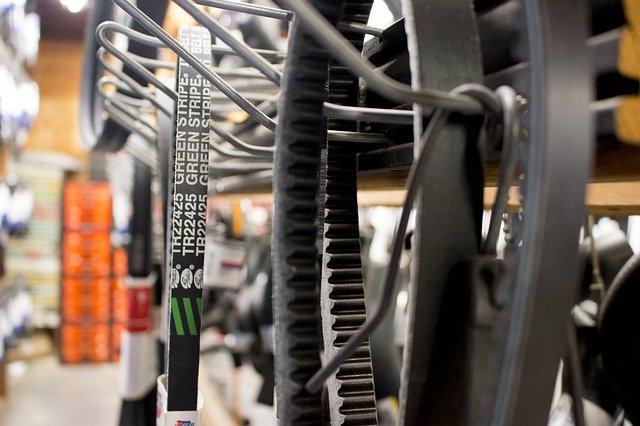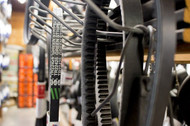OEM vs Aftermarket Car Parts: What's the Difference?
16th Dec 2020

OEM Car Parts Versus Aftermarket
When shopping for car parts, you typically have one of two options: original equipment manufacturer (OEM) or aftermarket. From batteries and alternators to radiators, serpentine belts and more, all car parts can be classified as either OEM or aftermarket, depending on who manufactured them. What's the difference between OEM and aftermarket car parts exactly?
What Are OEM Car Parts?
OEM car parts are those manufactured for an original, factory-model car. Some of them are manufactured by automakers themselves, whereas others are manufactured by a third party. Regardless, they are the exact same parts used in the manufacturing of a specific vehicle, and they are made by the same company that supplies the respective automaker with parts during the vehicle's production.
Even though they are designed for original, factory-model cars, OEM parts can still be used in existing and old cars. The companies that manufacture OEM car parts typically sell them -- either direct, to dealers or to stores. If a part fails in your car, you can buy an OEM part with which to replace it.
What Are Aftermarket Car Parts?
Aftermarket car parts, on the other hand, are those manufactured by a separate company. They are typically designed to look and function like OEM car parts. The difference is that they aren't manufactured by the same companies that supply automakers with parts. Aftermarket car parts are manufactured by competing companies.
Choosing Between OEM and Aftermarket Car Parts
You'll typically save money when taking the aftermarket route to repairing and maintaining your car. Most aftermarket car parts cost less than their OEM counterparts. This isn't because they are low quality or cheaply made. Rather, it's because aftermarket car parts are manufactured by multiple companies. For any given OEM part, there can be only one company that manufactures it. Aftermarket car parts often have a half-dozen or more manufacturers who make and sell them to stores.
There's a wider selection of aftermarket car parts available. You can find aftermarket car parts available in different types and styles than their OEM counterparts. Aftermarket headlights, for example, allow you to customize the appearance of your car's front end. They'll still fit your car, but they are available in a variety of materials, shapes, lens colors and other options.
Of course, an OEM car part is always a safe bet. If you're willing to spend the money, you can rest assured knowing that it will fit your specific make and model car. With aftermarket car parts, you'll need to pay close attention to the specifications to ensure it's a good fit.

